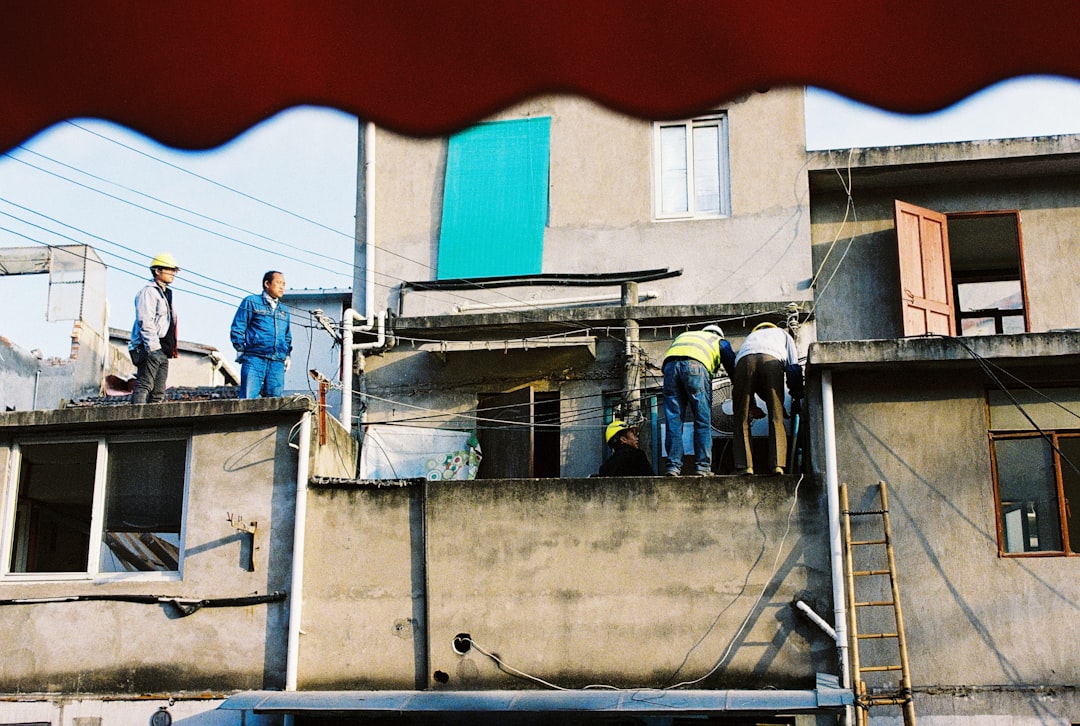
For construction professionals, understanding the cost to install a gas line is crucial for project planning and budgeting. The cost can vary significantly based on factors such as location, material, and labor. In 2025, the average cost ranges from $2,800 to $6,500 for retrofits in urban areas like Manhattan, while new constructions may see costs between $1,900 and $4,200. Complex projects, such as those in landmark buildings, can exceed $10,000.
• Distance from the gas meter to the appliance manifold
• Pipe material and diameter (black iron, CSST, or copper)
• Number of appliance drops and total BTU demand
• Site accessibility—basement run versus slab trench
• Local permitting, inspection, and utility connection fees
• Seasonal market fluctuations in steel and copper pricing
• Labor complexity, especially in landmark or multi-story buildings
1. Materials: 25-35% of total budget. Real-time pricing from suppliers ensures accuracy.
2. Permits & Utility Fees: 10-20%. Auto-populated by zip code for precise estimates.
3. Labor: 40-50%. Adherence to NEC and NYC Fuel Gas Code standards.
4. Contingency: 5-10%. Built-in to cover unexpected challenges.
• Combine projects to spread permitting fees over multiple appliances.
• Schedule during off-peak seasons to reduce labor costs.
• Opt for CSST in finished spaces to save on labor despite higher material costs.
Compliance is non-negotiable. Licensed master plumbers handle all necessary permits and inspections, ensuring a safe and code-compliant installation.
• Input your project scope into the CountBricks app.
• Receive a comprehensive proposal within minutes.
• Adjustments are easy—just update the scope and get a revised estimate instantly.
• Predictable pricing with real-time material feeds.
• Fast estimates and transparent itemization.
• Expertise with over 10 years in NYC residential construction.

In a recent project, CountBricks assisted with a gas line installation in a 1901 brownstone. The project involved 48 linear feet of black iron piping and required compliance with landmark district regulations. The initial AI-generated estimate was $5,930, with the final invoice at $6,040, demonstrating the accuracy and reliability of our estimating process.
• 30% faster permit approval due to digital documentation.
• One-day installation minimized tenant disruption.
• Real-time progress tracking via the CountBricks portal.
• Early 1900s homes often lack straight pipe paths; 3-D scanning can save time.
• Coordinating utility tasks in a single visit streamlines the process.
• Built-in contingencies enhance trust and project predictability.
For similar projects, visit CountBricks.com to schedule a virtual consultation and receive a detailed proposal.